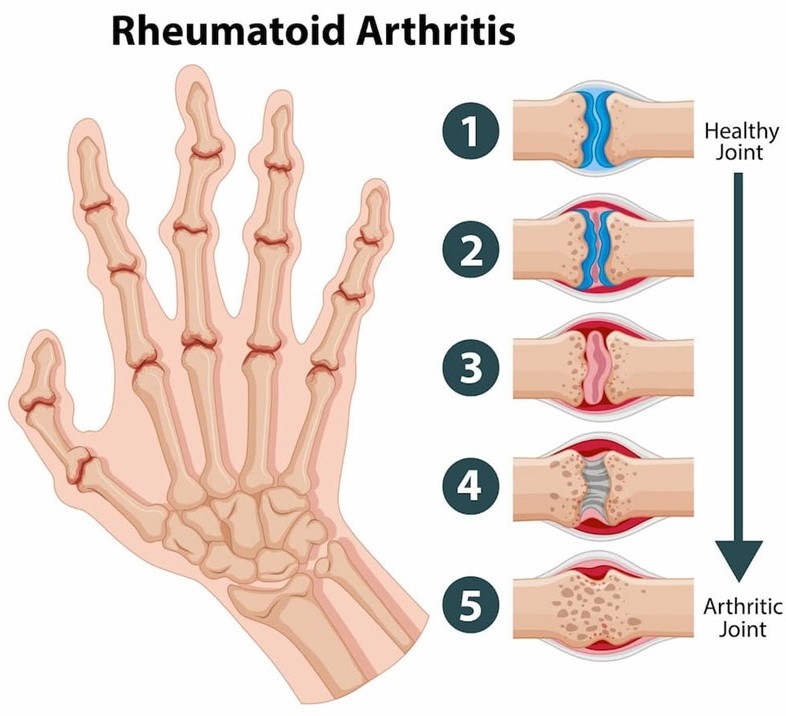Definition- Apoptosis is a pathway of cell death that is induced by a tightly regulated suicide program in which cells are destined to die.
→ Apoptotic cells break up into fragments, called apoptotic bodies, which contain portions of the cytoplasm and nucleus.
Why cell death by apoptosis does not cause inflammation?
Ans- The dead cell and its fragments are rapidly destroyed, before the contents have leaked out, and therefore cell death by this pathway does not elicit an inflammatory reaction in the host.
The process was recognized in 1972 by the distinctive morphologic appearance of membrane-bound fragments derived from cells and named after the Greek designation for “falling off.”
Why is apoptosis referred as programmed cell death?
Ans- Because it is genetically regulated, apoptosis is sometimes referred to as programmed cell death.
Apoptosis results from the activation of enzymes called caspases (The term ‘caspase’ is derived from: c for cysteine protease; asp for aspartic acid; and ase is used for naming an enzyme.)
The activation of caspases depends on a finely tuned balance between production of pro-apoptotic and anti-apoptotic proteins.
There are two cell death mechanisms-
intrinsic (mitochondrial) pathway
extrinsic (cell death receptor initiated) pathway
The Intrinsic (Mitochondrial) Pathway of Apoptosis
The mitochondrial pathway is due to increased mitochondrial permeability. It is the major mechanism of apoptosis in all mammalian cells.
Mitochondria contain a protein called cytochrome c which is its lifeline in an intact mitochondrion.
But release of this protein from mitochondria into the cytoplasm of the cell triggers apoptosis.
The regulation of this mitochondrial protein is under the control of by pro- and anti-apoptotic members of Bcl proteins.
Anti-apoptotic- BCL2, BCL-XL. By keeping the mitochondrial outer membrane impermeable, they prevent leakage of cytochrome c.
Pro-apoptotic- BAX and BAK. They damage mitochondrial membrane and allow leakage of cytochrome c protein into cytoplasm. This activates caspase cascade.
Sensors- BH3-only proteins act as sensors of cellular stress and damage and regulate the balance between pro and anti-apoptotic proteins.
Final phase of apoptosis- The final result of either of the above two mechanisms is activation of caspases.
Mitochondrial pathway activates caspase–9.
Death receptor pathway activates caspases-8 and 10.
Other caspases which are actively involved in the apoptotic process are caspases-3 and 6.
These caspases act on various components of the cell such as DNAase and nuclear matrix proteins and lead to proteolytic actions on nucleus, chromatin clumping, cytoskeletal damage, disruption of endoplasmic reticulum, mitochondrial damage, and disturbed cell membrane.
Phagocytosis- The dead apoptotic cells develop membrane changes which promote their phagocytosis.
Phosphatidylserine and thrombospondin molecules which are normally present on the inside of the cell membrane, appear on the outer surface of the cells in apoptosis. This facilitates their identification by adjacent phagocytes and promotes phagocytosis. The phagocytosis is rapid and is unaccompanied by any inflammatory cells.

REFERENCE
1. Harsh Mohan; Text book of Pathology; 6 th edition; India; Jaypee Publications; 2010
2. Vinay Kumar, Abul K. Abas, Jon C. Aster; Robbins & Cotran Pathologic Basis of Disease; South Asia edition; India; Elsevier; 2014.








